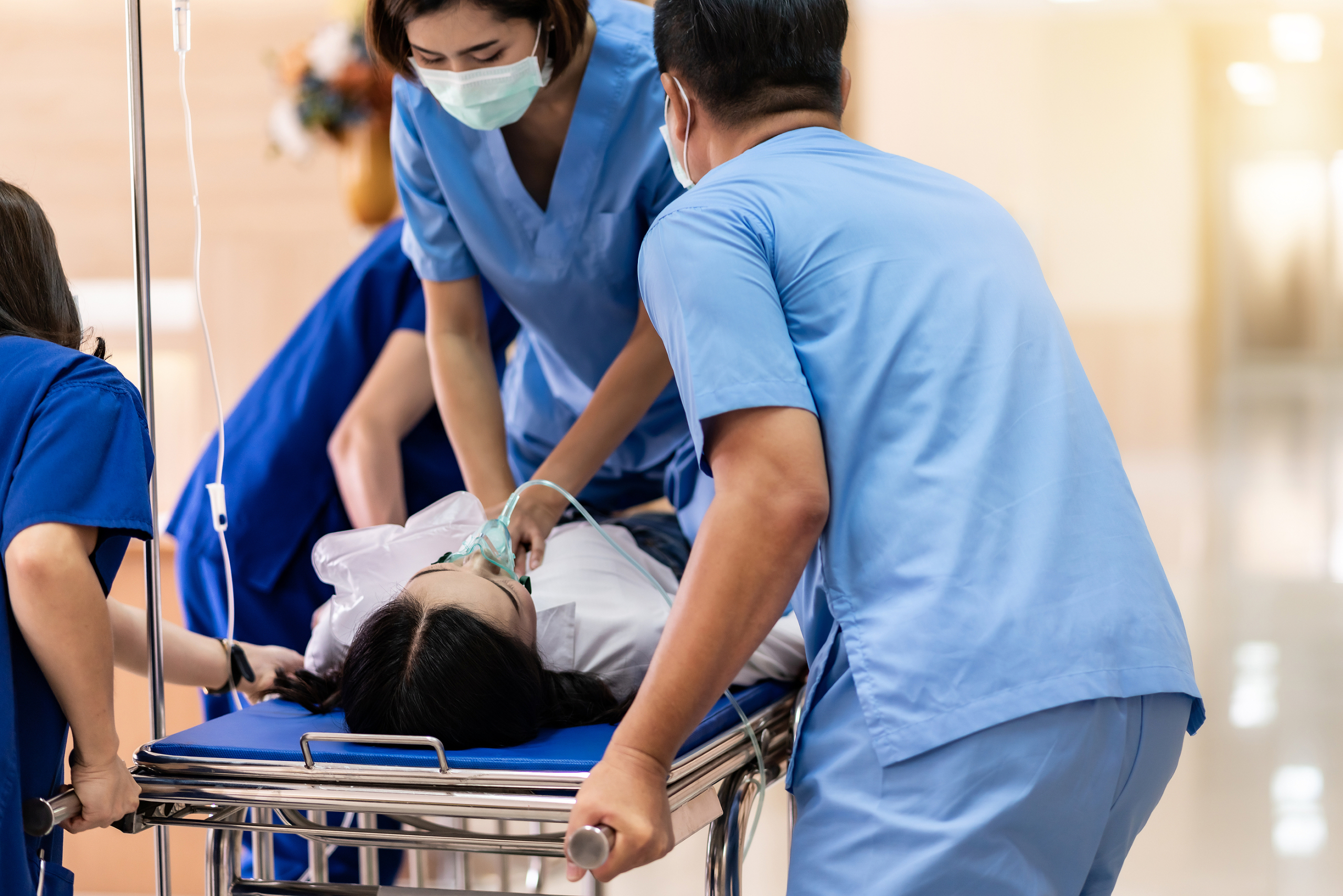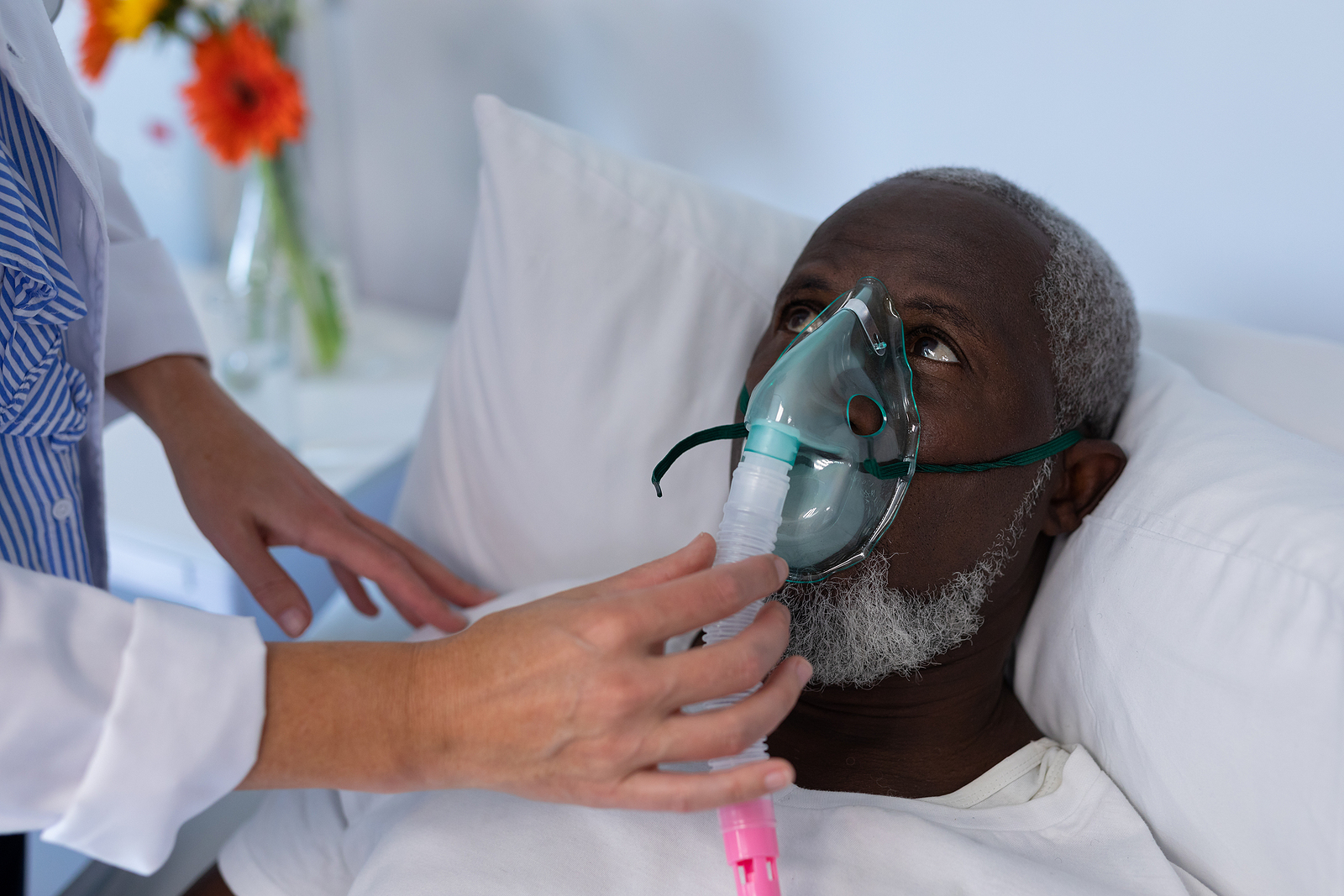Newsletter 2021
Newsletter July 2021: Trainee wellbeing and fatigue during COVID-19 Pandemic
Igor Abramovich, Bernardo Matias, Christopher Blacker, Elena Gjorchevska
ESAIC Trainees Committee Chair, Past-chair and Trainee Representatives
trainees-committee@esaic.org

The Covid pandemic has had a major impact on all different parts of our society. The effect on trainees is a huge burden. Trainee wellbeing suffered majorly and fatigue has become an ever-growing issue.
In their free time, young doctors often reported they had to isolate themselves from family and friends to prevent being infected or infect their loved ones in their home setting. Trainees were sacrificing so much as health care providers — their health and their family’s health.
A trainee from Macedonia shared her feelings during the pandemic which she summarised as living on an emotional rollercoaster. She says being isolated brought constant feelings of fatigue. Another trainee from Germany states the increasing amount of work was overwhelming for him and he struggled like never before in his career.
During these intense times, not only the overwhelming amount of work affected trainees‘ wellbeing but also the progress in training has stalled.
Many trainees from European countries report that the COVID-19 pandemic has also interfered with their training programs. Trainee programmes have been either paused, so trainees can cover the need for more doctors in intensive care units and support the ever-growing amount of COVID-19 patients on the intensive care wards. Often left confused if their training will continue as planned, or if it will be prolonged due to the situation, this has caused additional stress on a vast number of trainees.
During the pandemic, there have been many initiatives in research on this topic through different societies worldwide.
The pandemic has resulted in an overall surge in new cases of depression and anxiety and an exacerbation of existing mental health issues, with a particularly emotional and physical toll on all health care workers. Limited resources, longer shifts, disruptions to sleep and work-life balance, and occupational hazards associated with exposure to COVID-19 itself have contributed to physical and mental fatigue, stress, anxiety and burnout. Such situations were so common during the pandemic that the world’s Anaesthesiology societies decided to take action against fatigue and to promote the wellness of trainees.
This is one of the reasons why the topic for the World Anaesthesia Day 2020, on Friday 16 October, was to highlight the importance of occupational wellbeing to anaesthesia providers worldwide.
We at the ESAIC believe in this message and encourage our members to take part in this campaign. We all want the global anaesthesia family to come together to raise the profile of its wellbeing by sharing approaches for maintaining and providing professional wellbeing; helping other anaesthesiologists to better care for themselves and their patients. [1]
Another example for such a campaign comes from the Association of Anaesthetists (United Kingdom) and was funded after a study revealed that lengthy shifts continue to be a reality for many doctors in training. The study found that 95% of anaesthetic trainees were regularly staying beyond the end of their shift to work in the UK.[2]
We, from the ESAIC Trainees Committee, would like to share with you content from the fatigue campaign from the Association of Anaesthetists which has launched a major awareness campaign entitled Fight Fatigue. In the following section, you will find top tips for working and recovering from night shifts which is one of the elements of the campaign.
Top tips for working night shifts from the campaign of Association of Anaesthetists [3]
What can I do to fight fatigue while working night shifts?
Firstly, don’t try to ‘power through it’. Fatigue puts you, your colleagues and your patients at risk.
Before nights
- Make sure you usually have a good sleep routine. Get extra sleep before your shift. An afternoon nap is ideal as it reduces the length of time you have been continuously awake. A lie-in is an alternative
- Plan how you will get home. Is there an option other than driving?
- Will you need to rest before driving home?
During nights
- Keep well hydrated and eat healthy snacks. Calories on nights DO count; they contribute to the adverse health effects of night working
- Maximise exposure to bright lights in non-clinical areas
- Breaks are essential: work as a team to cover each other for these
- A 15-20 min nap can significantly improve alertness
- Longer naps may result in sleep inertia
- Be vigilant for the 04:00 dip: your lowest physiological point
- Work as a team to check calculations and be aware of the effects of fatigue on decision making
- If you can, a consistent routine during shifts can help
Between nights
- If you are too tired to drive, have a short nap before leaving work
- Have a snack before sleeping so you don’t wake up hungry
- Go to bed as soon as possible to maximise the amount of sleep you will get
- Do not plan deliveries or daytime activities for the days between night shifts. Warn your housemates that you need to sleep
Recovery after nights
- Have a short sleep in the morning and then get up
- Aim to go to bed at your usual time; avoid a long lie in the next day
- You’ll need at least two normal night’s sleep to reset your sleep routine
Further content from the campaign is going to be shared with you, starting next month, through the ESAIC Trainee Network social media channels, which are managed by other social media task forces (Elena Gjorchevsk and Christopher Blacker):
Stay safe in these challenging times!
References
- ESAIC Newsletter, Campaign for occupational wellbeing on World Anaesthesia Day 16 October, https://www.esaic.org/esa-news/campaign-for-occupational-wellbeing-on-world-anaesthesia-day-16-october/
- Association of Anaesthetists of Great Britain & Ireland Fatigue: are you at risk? https://anaesthetists.org/Home/Wellbeing-support/Fatigue/Fatigue-are-you-at-risk#:~:text=Lengthy%20shifts%20continue%20to%20be,of%20their%20shift%20to%20work
- Association of Anaesthetists of Great Britain & Ireland, Top tips for working night shifts https://anaesthetists.org/Home/Wellbeing-support/Fatigue/Tips-for-night-shifts
Our Social media channels
LinkedIn: https://www.linkedin.com/company/esaictn/
Instagram: https://www.instagram.com/esaic_trainee_network/
Facebook: https://www.facebook.com/ESAICTraineeNetwork
Twitter: https://twitter.com/ESAICTraineeN
Read our Monthly newsletter.
Read More of our special newsletter covering our virtual congress 2020.
Visit our COVID-19 Resource Hub for other news and resources.










